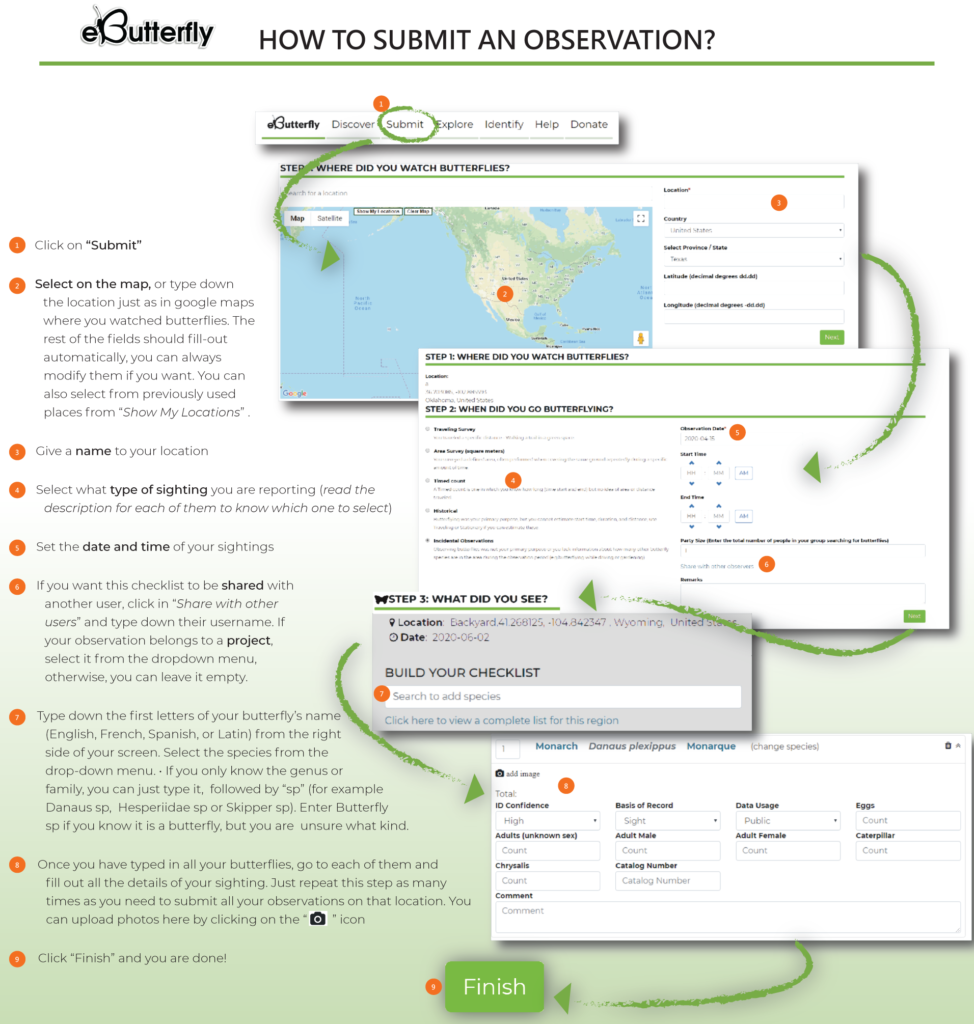Spring is changing. The snow is melting earlier, wildflowers are blooming sooner, and trees are leafing out faster. How are West Virginia White butterflies faring? Help us monitor them from April to mid June. It is super easy!
Steps for Monitoring West Virginia Whites
- Find a patch(es) of rich, hardwood forest or explore our interactive map of host plant ranges and observations below to discover a place to visit near you.
- Beginning in April, visit your patch(es) and count all the West Virginia White butterflies you find. Photograph some as vouchers too. Your count can be a walked transect or loop or an area. Record your start time and end time. Measure the approximate distance you walked or area you thoroughly searched. The more you visit your patches the better, but even once is helpful!
- Photograph populations of host plants you find and add them to the Vermont Atlas of Life on iNaturalist. Please indicate the flowering status too under Annotations.
- Back home, log into our site called eButterfly, join our project, and report your findings. Even if you don’t find any butterflies, zeros are important to report too!
Can you break the early or late record for a West Virginia White sighting? Who will have the highest count? Can we find them in places they’ve never been recorded? We can’t wait to find out!
Every time butterfly watchers like you raise binoculars and cameras to record a butterfly sighting, they collect important data. Recording the number, date, and location of each and every butterfly, no matter how common or rare, may seem trivial, even repetitive— but this detailed information can be invaluable to science and conservation. Butterflies act as early warning signals for habitat degradation, climate change, and other ecological forces. Citizen science programs like eButterfly allow volunteers to submit checklists from anywhere, and can quickly amass large volumes of both historic and current observations.
eButterfly is the tool for any butterfly enthusiast. You don’t have to be an expert to make a difference!







